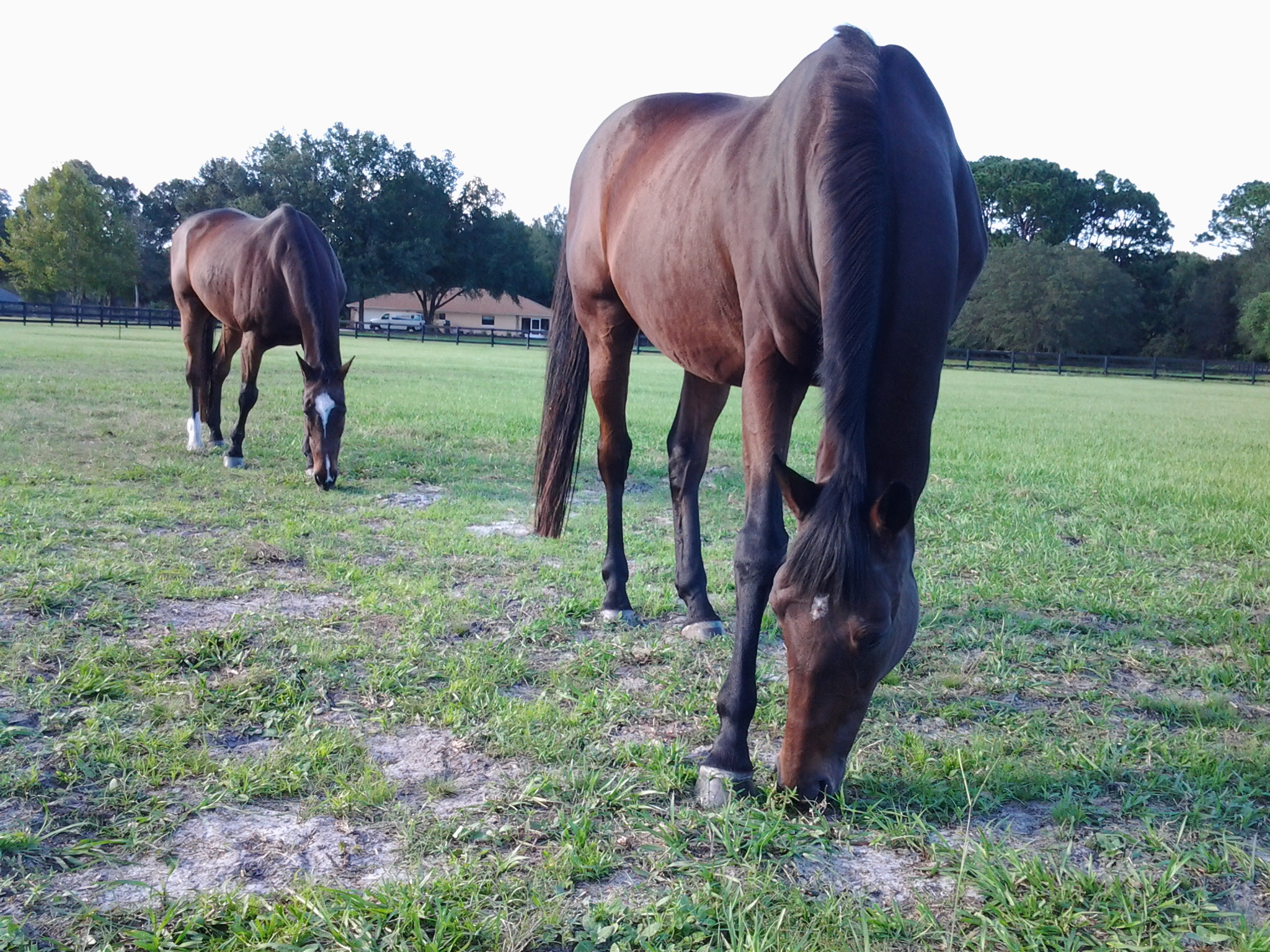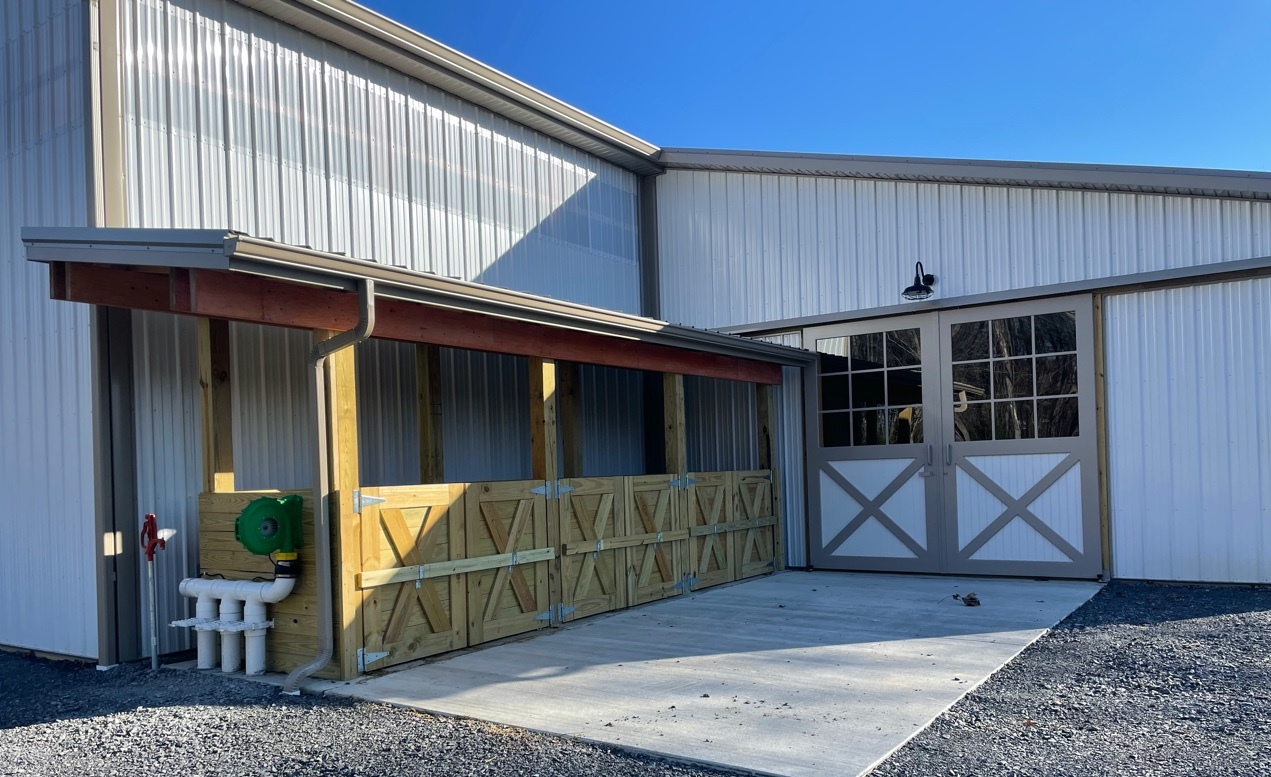| Aerated Compost Systems |
February 2023 Newsletter
Getting Ready for SpringWhat To Do With Your Compost When Spring Arrives As we emerge from winter, our days are getting longer, air and soil temperatures are slowly increasing, and plants are showing signs of new growth. In a few short weeks, spring will have arrived and the growing season will be in full swing. Now is the perfect time to plan for the application of the compost that you have been producing and setting aside since last fall. The following discussion on Pasture Grazing Management is a synopsis from a fact sheet prepared by the Washington State University Clark County Extension Service. Statements taken directly from the fact sheet are presented in this font while additions to this information (contributed by O2Compost) have been italicized. Grazing season is rapidly approaching - are your pastures ready? Good pastures provide forage for your animals, absorb rainfall, filter runoff, and reduce erosion, all of which protect streams. Bare spots created by overgrazing encourage weed growth, increased erosion, runoff, and dust and may cause poor animal health. There are five steps that you can follow to improve and better manage your pastures. Read the full article on our Blog. O2Compost Q&ACompost Pile Temperatures "What am I looking for when I take my compost pile temperatures?" ANSWER:
There's more ... read the rest on our Blog. New Benchmark System
Owner: John C. |
|
O2Compost Price-Moon Enterprises, Inc. PO Box 1026 Snohomish, WA 98291 

info@o2compost.com o2compost.com 360.568.8085 |



